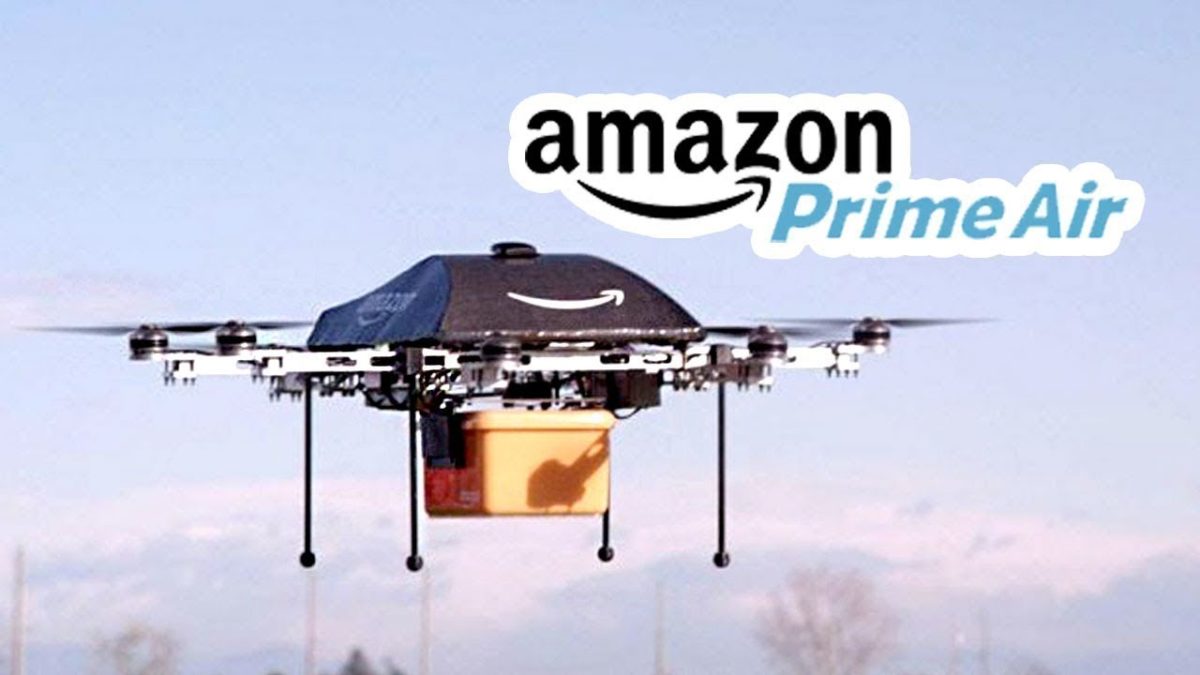As the years go by, it seems more and more likely we will actually be driving autonomous cars in the future. Right now, people that are driving in autonomous cars still have to pay attention to the road, but this might as well change too. At that point, most cars will have been replaced by autonomous cars, and drivers don’t have to do anything to get from point A to point B, except for telling their car where point B is, which is probably done through with the help of speech recognition. However, at the end of the day, drivers still have to spend time to get from point A to point B. The question is, how will this time be spend?
Yes, of course things like using smartphones, laptops and reading books or newspapers can all be done inside a car. However, car producers might also offer more appealing options for people to spend their time on. When car producers incorporate screens and computers inside their cars, people might be willing to spend time on that instead. This is where business models come to play. What if a car producer, let’s say Tesla, is able to partner up with a entertainment service, let’s say Netflix? This gives the driver two options: use his own materials to spend his time, or get a Netflix subscription to watch on a big screen, which is already in his car, instead. The car producer, Tesla, could now get a referral bonus from Netflix for every car sold!
The point in this blog is not that Tesla should partner up with Netflix. No, the point is that car producers should think about which information strategy should be applied to this new situation, in which drivers are suddenly given back their traveling time. How will car producers profit from this?


